
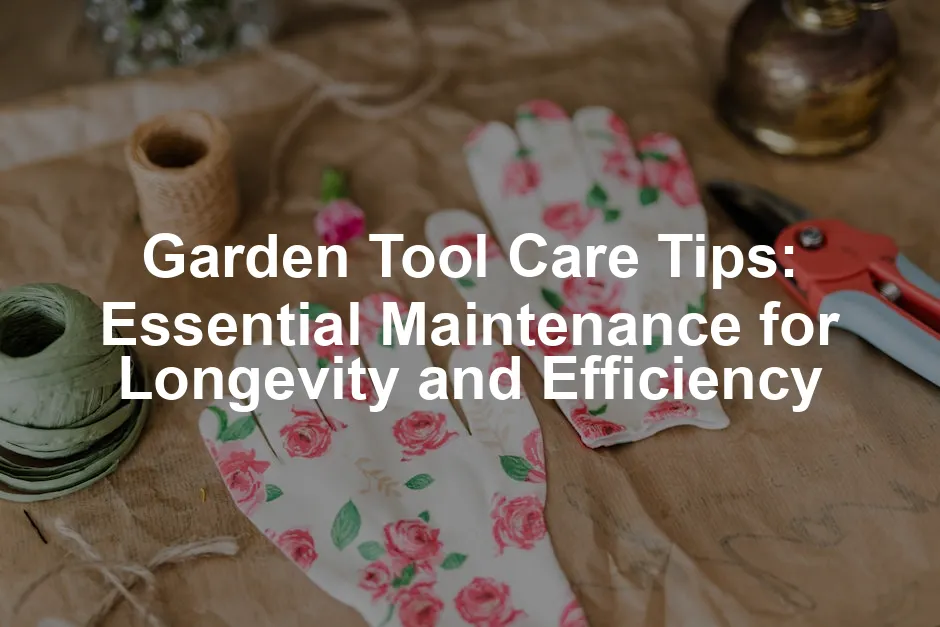
Garden Tool Care Tips: Essential Maintenance for Longevity and Efficiency
Introduction
Maintaining your garden tools is crucial for effective gardening. Proper care not only extends the life of your tools but also boosts your gardening efficiency. This article focuses on practical tips for everyday gardeners to keep their tools in top shape.
Summary and Overview
Caring for your garden tools is essential for their longevity. Neglecting maintenance can lead to inefficiency and safety hazards. Regular cleaning, sharpening, and proper storage are vital. This article will cover specific care tips and best practices to help you maintain your tools effectively.
Why Proper Maintenance Matters
Maintaining garden tools significantly impacts gardening efficiency. Sharp, well-kept tools make tasks easier and quicker. Dull or damaged tools can pose safety risks, leading to accidents. Clean tools also prevent the spread of diseases between plants.
In fact, well-maintained tools can last up to 50% longer than neglected ones. This longevity translates to fewer replacements, saving you money in the long run. Investing time in your tool care routine pays off. So, why not assess your current maintenance practices today?
Speaking of tools, if you’re looking to kickstart your gardening journey, a complete Garden Tool Set is a must-have. It provides you with all the essentials to tackle your gardening tasks while ensuring you have the right tool for the job!
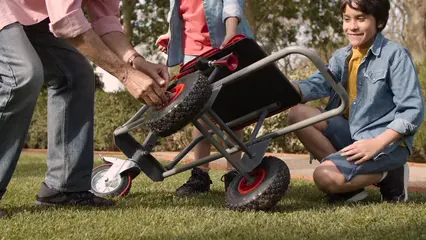
Daily Maintenance Practices
Cleaning Tools After Each Use
Cleaning your tools after each use is vital for their longevity. Start by rinsing off soil and debris with a hose. For stubborn dirt, use a stiff brush or putty knife to scrub. Don’t forget about sap! A mixture of warm, soapy water can help remove sticky residues.
For tools that come into contact with chemicals or diseased plants, disinfect them afterward. A simple solution of bleach and water can be effective. Always dry your tools thoroughly to prevent rust. Implementing a cleaning routine after your gardening sessions will keep your tools in great shape!
If you’re not already equipped, consider investing in a set of Pruning Shears. They are essential for maintaining the health of your plants, allowing you to make clean cuts that promote faster healing!
Drying and Storing Tools
Drying your garden tools after use is crucial for rust prevention. Moisture left on metal parts can lead to oxidation, damaging your tools over time. After cleaning, wipe them down with a dry cloth. Make sure no water remains, especially in crevices and joints.
For optimal storage, keep your tools indoors, away from damp environments. A designated storage area is ideal. Hanging tools on a wall or pegboard prevents them from accumulating dust and dirt. It also keeps sharp edges protected and easily accessible.
Creating a dedicated space for your tools will simplify your gardening routine. Happy gardening!

While you’re at it, a Garden Kneeler and Seat can make your gardening tasks much more comfortable, allowing you to work longer without the aches and pains!
Seasonal Maintenance
Sharpening Tools Regularly
Keeping your garden tools sharp is essential for efficient gardening. Sharp tools make clean cuts, which help your plants heal faster. When your tools are dull, you have to exert more effort, potentially damaging your plants.
Different tools require different sharpening methods. For pruning shears and loppers, use a sharpening stone or a file. Ensure you maintain the original angle of the blade. For shovels and hoes, a flat mill file works best.
Remember, regularly sharpening your tools will improve their performance significantly. At the start of each season, take time to assess and sharpen your tools.
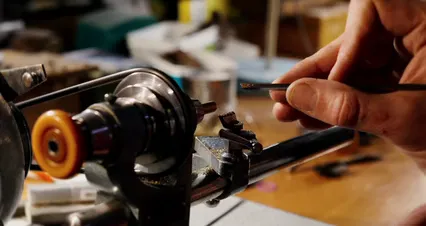
And don’t forget to grab a Sharpening Stone to keep your tools razor-sharp and ready for action!
Oiling and Preventing Rust
Oiling your garden tools is a simple yet effective way to prevent rust. Moisture can quickly lead to corrosion, especially on steel tools. Apply a thin layer of oil after cleaning and drying your tools. This creates a protective barrier against moisture.
For best results, consider using boiled linseed oil or a specialized Tool Oil. Apply it with a rag, ensuring complete coverage on metal parts. Don’t forget wooden handles; a light coating of oil will keep them from drying out and cracking.
Set reminders to oil your tools periodically, especially during the gardening season. This simple step will extend their lifespan and maintain their performance.
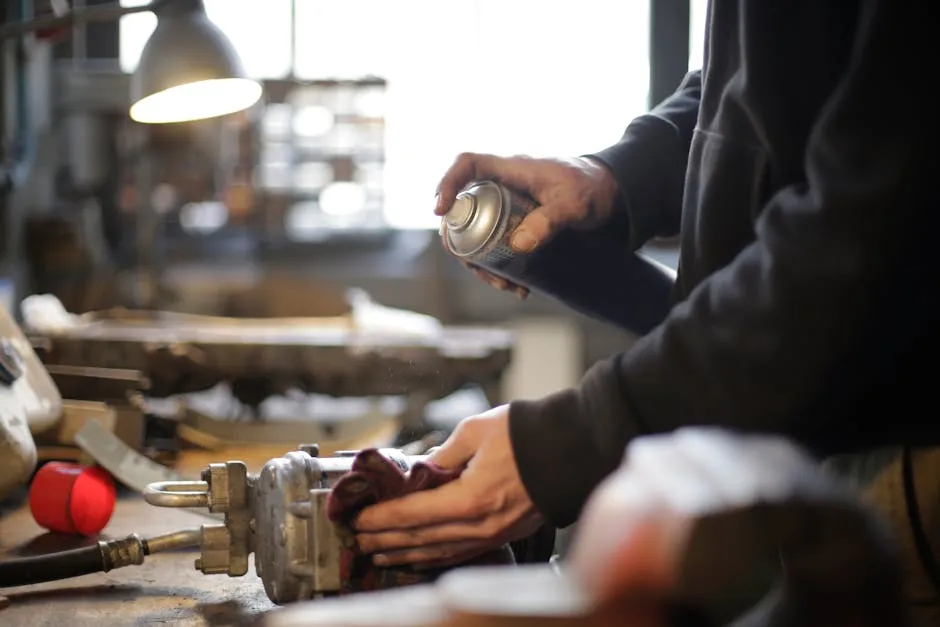
Advanced Care Techniques
Removing Rust
Rust can be a significant issue for garden tools, but removing it is manageable. For light rust, use 80-grit sandpaper or a stiff Wire Brush. This will help you clean the surface effectively.
For more severe rust, consider using vinegar or commercial rust removers. Soak the affected areas for a few hours, then scrub until the rust is gone. Always wear safety gear when working with rust removers.
After cleaning, apply a protective oil layer to prevent future rust. Regularly check your tools for signs of rust to keep them in excellent condition. Remember, a little maintenance goes a long way!
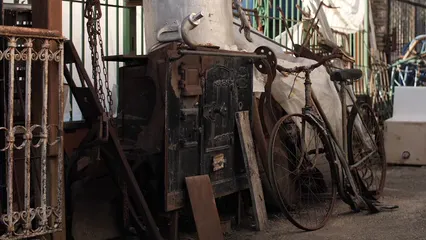
Repairing and Replacing Parts
Garden tools endure a lot during the growing season. Over time, they may need repairs to keep functioning well. One common task is tightening screws on handles or blades. Loose screws can lead to accidents or ineffective use. Always check and tighten them regularly.
Another frequent issue is handle damage. If a wooden handle cracks or splits, it might be time for a replacement. Most hardware stores carry replacement handles. Installing a new handle is often a simple process, requiring just a few tools.
You might also need to replace springs or blades on pruners and loppers. These parts wear out quickly and can significantly affect performance. Keeping spare parts on hand allows for quick fixes. This way, you won’t have to wait for repairs during peak gardening times. Regular maintenance and prompt repairs can save you money and ensure your tools last longer.
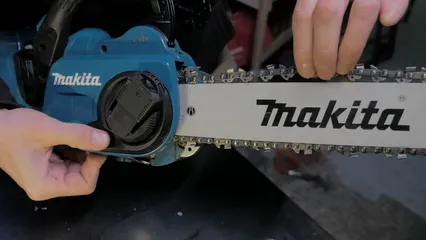
For more insights on how to ensure your tools last a lifetime, check out this guide on garden tool longevity.
Special Considerations for Power Tools
Power tools require unique care compared to manual ones. Tools like lawnmowers and trimmers have specific maintenance needs. Start by cleaning air filters regularly to ensure optimal performance. Clogged filters can reduce efficiency and lead to overheating.
Check the power cords for fraying or damage. Worn cords can be a safety hazard. If you notice any issues, it’s best to replace them immediately. Another important task is sharpening blades on tools like lawnmowers. Dull blades can tear grass rather than cut it cleanly.
For this purpose, having a reliable Lawn Trimmer is essential to maintain your garden’s appearance and health.
Refer to the manufacturer’s manual for specific care guidelines. Each tool may have unique needs, and following instructions can prolong its life. Make it a habit to review these manuals regularly, especially before the gardening season begins. Proper care of power tools not only enhances their performance but also ensures your safety while using them.
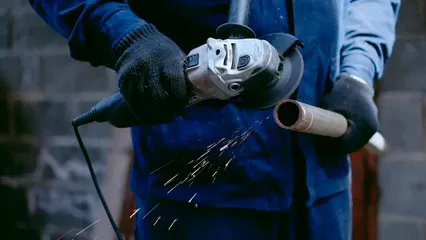
Conclusion
Caring for your garden tools is essential for their longevity and efficiency. Regular maintenance, including cleaning, sharpening, and prompt repairs, can significantly enhance your gardening experience. Remember, a little effort goes a long way in ensuring your tools stay in excellent shape. By following these tips, you can ensure that your tools serve you well for many seasons to come. Adopt these practices today for a more successful gardening journey!
And while you’re at it, don’t forget to set up a Compost Bin to recycle your garden waste into nutrient-rich compost!
FAQs
How often should I clean my garden tools?
Tools should be cleaned after every use to prevent rust and disease spread. This simple practice ensures they stay in good condition and ready for the next gardening task.
What is the best way to sharpen my gardening tools?
Use a mill file or sharpening stone, depending on the type of tool. For pruners and shears, follow the blade’s angle for optimal results.
How can I prevent rust on my garden tools?
Regularly oil metal parts and store tools in a dry place. This protective layer keeps moisture at bay, extending the life of your tools.
Can I use motor oil on my tools?
While effective, consider using vegetable oils for a more environmentally friendly option. These alternatives provide rust protection without harmful chemicals.
What should I do if my tool has significant rust?
Use sandpaper or a wire brush to remove light rust and apply oil afterward. For heavy rust, soak in vinegar first, then scrub clean.
Are there any specific cleaning tips for pruning shears?
Yes, after cleaning, disinfect the blades to prevent disease transmission. A bleach solution works well for this purpose.
How do I know when to replace my tools?
If the cost of repairs approaches the price of a new tool or if they are severely damaged, consider replacing them for safety and efficiency.
Please let us know what you think about our content by leaving a comment down below!
Thank you for reading till here 🙂
All images from Pexels



